In a world where digital currencies are reshaping traditional finance, Blum, a telegram tap-to-earn gamefi crypto emerges as a new breed of cryptocurrency focusing on sustainability, inclusivity, and technological resilience. Named after the concept of “blooming” in digital ecosystems, Blum is designed to promote sustainable growth while addressing some of the most pressing challenges in the cryptocurrency industry today. This unique cryptocurrency leverages blockchain technology to build a more equitable, decentralized financial system that supports social and environmental goals.
The Core Mission of Blum
Blum aims to create a cryptocurrency ecosystem that is not only efficient and secure but also environmentally conscious and socially impactful. As concerns grow about the energy consumption of popular cryptocurrencies like Bitcoin and Ethereum, Blum offers a more sustainable alternative, implementing energy-efficient consensus mechanisms and fostering an ecosystem where social and environmental concerns are addressed through financial incentives and decentralized governance.
Key Technological Components of Blum
1. Energy-Efficient Consensus Mechanism
Blum employs a Proof-of-Stake (PoS) consensus mechanism, a significant shift from the energy-intensive Proof-of-Work (PoW) models used by older cryptocurrencies. Unlike PoW, which requires miners to solve complex mathematical problems (often requiring enormous amounts of electricity), PoS allows validators to stake their tokens in the network, using much less energy. This consensus model aligns with Blum’s commitment to sustainability by significantly reducing the carbon footprint associated with securing the network.
2. Hybrid Governance Model
Blum utilizes a decentralized autonomous organization (DAO) structure to allow community members to participate in governance. This model combines aspects of direct democracy and representative governance, enabling token holders to vote on key protocol decisions while delegating certain technical and operational functions to elected representatives. This hybrid governance model promotes inclusivity and transparency, allowing stakeholders from various backgrounds to contribute to the network’s growth and direction.
3. Layer-2 Scaling Solutions
To address scalability challenges, Blum integrates layer-2 solutions like rollups and sidechains. These technologies allow the network to process a higher volume of transactions at lower fees, making it more accessible for everyday users. By moving a large portion of transaction processing off the main chain, Blum ensures fast, affordable, and efficient transactions, making it a viable option for mass adoption.
4. Interoperability and Cross-Chain Compatibility
Blum is designed to be interoperable with other blockchain networks, enabling seamless asset transfers and data exchange across different blockchains. This cross-chain compatibility positions Blum as a bridge between various digital ecosystems, promoting collaboration and innovation across the broader blockchain landscape. Through interoperability, Blum enhances liquidity and accessibility, allowing users to leverage the best features of multiple blockchains within a single, cohesive ecosystem.
5. Smart Contract Capabilities and DApp Ecosystem
Blum supports smart contracts, allowing developers to create decentralized applications (DApps) on its platform. From decentralized finance (DeFi) solutions to non-fungible tokens (NFTs) and supply chain tracking, the Blum blockchain provides a flexible infrastructure for diverse use cases. With an emphasis on security, efficiency, and ease of use, Blum is positioned to attract developers and entrepreneurs seeking to build applications that prioritize environmental and social impact.
Use Cases and Applications
1. Green Finance and Environmental Initiatives
One of Blum’s core applications lies in green finance. By leveraging blockchain technology, Blum can facilitate investments in sustainable projects like renewable energy, reforestation, and clean water initiatives. Through tokenized carbon credits, Blum can empower individuals and corporations to offset their carbon footprints, creating a transparent and verifiable system for environmental accountability. This approach democratizes access to green investments, enabling users to support environmental initiatives directly from their digital wallets.
2. Decentralized Philanthropy
Blum introduces a new model for philanthropy through decentralized finance (DeFi) protocols. With programmable donations and smart contracts, charitable organizations can ensure that funds reach their intended recipients without intermediaries. For example, a charity could create a Blum-based token representing donations to specific causes. By eliminating third parties and reducing transaction fees, decentralized philanthropy can provide a greater percentage of funds directly to beneficiaries, enhancing transparency and accountability in charitable giving.
3. Financial Inclusion and Microlending
Blum’s network is designed to support financial inclusion, offering secure and affordable financial services to individuals who are unbanked or underbanked. By facilitating peer-to-peer lending and microloans through smart contracts, Blum enables users to access credit without traditional banks. This service can be particularly impactful in developing countries, where financial barriers often prevent people from accessing essential resources and opportunities. Through decentralized microloans, Blum can empower small businesses and individuals to participate in the digital economy.
4. Supply Chain Transparency and Fair Trade
Blum can be applied to supply chain management, particularly in industries that prioritize ethical sourcing and fair trade. By recording each step of a product’s journey on the blockchain, Blum ensures transparency and traceability, allowing consumers to verify the origin and authenticity of goods. This application is particularly valuable for industries like food and fashion, where sustainability and ethical practices are increasingly important. By supporting fair trade and ethical sourcing, Blum promotes responsible consumption and production.
5. Voting and Civic Engagement
Blum’s DAO-based governance model can be extended to voting systems, allowing for transparent and tamper-proof elections. By implementing blockchain-based voting, communities and organizations can ensure that election results are accurate, secure, and verifiable. This application has far-reaching implications for democratic processes, enabling fair and inclusive civic engagement. By fostering trust in voting systems, Blum can enhance the integrity of democratic institutions and promote active citizenship.
Potential Benefits of Blum
1. Environmental Sustainability
By adopting an energy-efficient consensus mechanism and supporting green finance, Blum addresses one of the most pressing concerns in the cryptocurrency industry: environmental sustainability. Unlike PoW-based cryptocurrencies, Blum’s PoS model minimizes energy consumption, making it a viable alternative for users seeking eco-friendly digital assets.
2. Social Impact and Inclusivity
Blum’s focus on financial inclusion and decentralized philanthropy positions it as a socially conscious cryptocurrency. Through its emphasis on microlending, fair trade, and ethical sourcing, Blum enables users to support causes that align with their values. This focus on social impact distinguishes Blum from other cryptocurrencies, which often prioritize profit over purpose.
3. Enhanced Security and Transparency
With its decentralized structure and blockchain-based verification processes, Blum offers a high level of security and transparency. The immutability of blockchain records ensures that transactions and data are secure and cannot be altered, providing users with confidence in the system’s integrity. This transparency is particularly valuable for supply chain management, voting systems, and charitable donations.
4. Economic Empowerment and Financial Access
Blum’s mission of financial inclusion empowers individuals who lack access to traditional banking services. By enabling peer-to-peer lending and microfinance, Blum offers an alternative pathway to economic empowerment, particularly for marginalized communities. This accessibility promotes economic equality and enables a broader range of individuals to participate in the digital economy.
Challenges and Considerations
1. Regulatory Compliance
As with all cryptocurrencies, Blum must navigate an evolving regulatory landscape. Compliance with local and international regulations is crucial to prevent issues related to fraud, money laundering, and terrorist financing. By implementing Know Your Customer (KYC) and Anti-Money Laundering (AML) protocols, Blum can address regulatory concerns while maintaining a decentralized ethos. However, balancing compliance with decentralization remains a complex challenge that requires ongoing adaptation.
2. Market Volatility
Cryptocurrencies are known for their volatility, and Blum is no exception. Price fluctuations can impact user confidence and hinder mainstream adoption. To mitigate volatility, Blum could explore the development of a stablecoin pegged to a reserve of assets or a basket of stable assets. This approach would provide users with a more stable option for everyday transactions while maintaining the flexibility of a decentralized cryptocurrency.
3. Network Security and Scalability
While PoS is more energy-efficient than PoW, it is not immune to security risks, such as the potential for a 51% attack. To address this risk, Blum must implement robust security protocols and ensure that validators are sufficiently decentralized. Additionally, as user adoption increases, scalability will become a critical consideration. Blum’s integration of layer-2 solutions is a step in the right direction, but continued innovation will be necessary to maintain network performance.
4. User Education and Accessibility
For Blum to achieve mass adoption, user education is essential. Many individuals are unfamiliar with blockchain technology and may be hesitant to adopt a new cryptocurrency without a clear understanding of its benefits and functionality. Blum must invest in educational resources and user-friendly interfaces to make the platform accessible to a wide range of users, from tech-savvy individuals to those new to digital finance.
Roadmap and Future Vision
Blum’s development roadmap focuses on building a sustainable and inclusive cryptocurrency ecosystem that adapts to evolving user needs and regulatory requirements. Key milestones in Blum’s roadmap include:
1. Token Launch and Initial Coin Offering (ICO): The initial phase involves launching the Blum token and conducting an ICO to raise funds for development and marketing.
2. Mainnet Launch and Decentralized Exchange (DEX): Blum will launch its mainnet, allowing users to transfer, stake, and trade Blum tokens on a decentralized exchange.
3. DApp Development and Ecosystem Expansion: By supporting DApps focused on green finance, social impact, and ethical consumption, Blum aims to create a vibrant ecosystem that attracts developers and users. Continue Reading
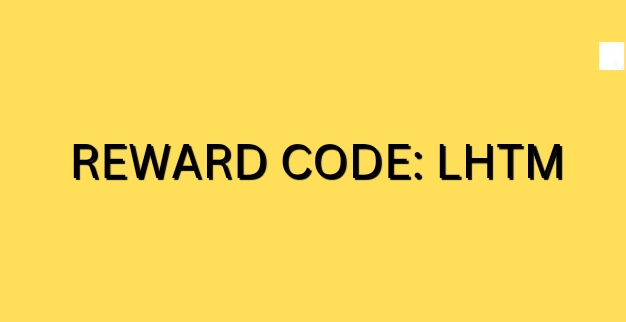


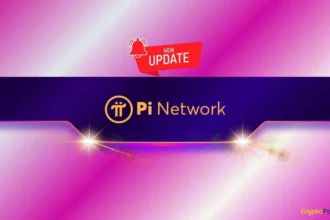
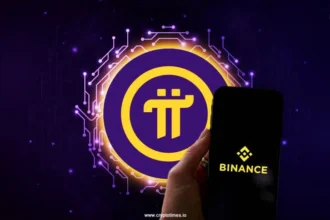

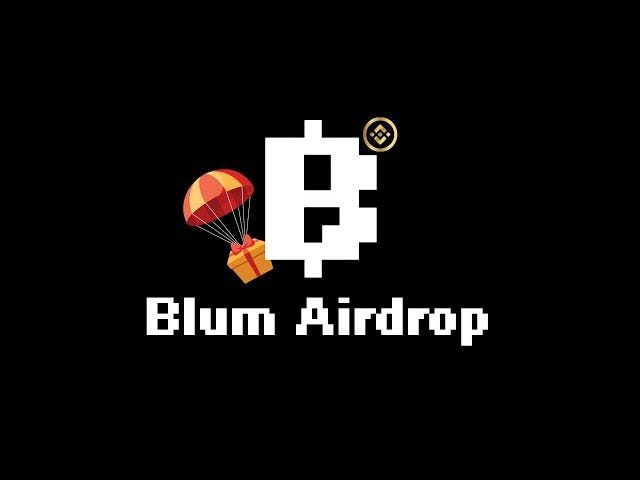

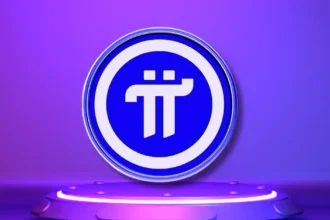
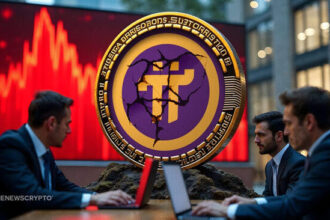







Just wanted to say, your article is fantastic! The clarity and insights are amazing. With your permission, I’d love to subscribe to stay updated with future posts. Keep up the great work!